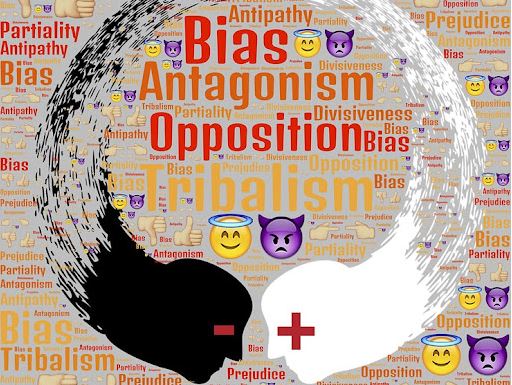Leadership efficacy is a leader’s belief in their ability to effectively perform leadership roles and tasks. It encompasses their confidence in their leadership skills, competencies, and capacity to lead and influence others towards achieving goals and driving positive change. The COVID-19 pandemic, world geopolitical events, and challenges towards ESG, particularly climate change, have created a seismic shift in the belief systems of leaders.
I recently had a very determined, extremely confident, outcomes driven leader ask me what to do with a new team he was about to lead that was working mostly remotely. He genuinely did not know how to approach these new dynamics of teamwork, was unsure of what or how to lead this team, and how the team would react to his more traditional working arrangements.
I saw him step into that role as a different leader. He had won the role due to his extremely high level of self-belief and self-efficacy but then went into the role with doubts and a lower sense of self-efficacy. Certainly, some doubt will always be present when we step into something new and different. However, what I am also now seeing is doubt and a sense of uncertainty lingering amongst leaders as they continue post-Covid and into this new world order.
Key components of leadership efficacy
Leadership efficacy is an essential component of effective leadership because it influences a leader’s behaviour, decision-making and ability to inspire and motivate others. Leaders with high leadership efficacy are more likely to take on challenging tasks, make bold decisions and persist in the face of obstacles or setbacks. Some key components are:
Leadership skills and competence: confidence in areas such as communication, decision-making, problem-solving, strategic thinking, team building, and conflict resolution.
Adaptability and learning: embracing challenges as opportunities for growth and viewing failures or setbacks as learning experiences rather than indications of their inability.
Influence and impact: whereby leaders are confident in their capacity to inspire, motivate and guide their team or organisation towards achieving shared goals.
Resilience and confidence: being able to bounce back from setbacks, persist in the face of adversity, and maintain confidence in their ability to lead effectively, that inspires trust and followership.
Benefits of strong leadership efficacy
The benefits of having strong leadership efficacy play out in the workplace in many ways, including:
- Enhanced overall performance by demonstrating effective leadership behaviours, making sound decisions, and driving positive outcomes.
- Motivated and engaged teams where willing members have confidence and belief in their leader, creating a positive and empowering environment that fosters employee engagement, commitment and performance.
- Having resilience in the face of challenges where setbacks are viewed as only temporary obstacles and leaders leverage their confidence and problem-solving skills to find innovative solutions, which in turn inspires others and creates a culture of perseverance within the organisation.
- Growth and development through having a growth-oriented mindset where team members actively seek opportunities to develop their leadership skills, take on new challenges and learn from experiences, contributing to the continuous improvement of the organisation.
How to enhance leadership efficacy
So you might ask, what did we do to help the abovementioned leader as he stepped into his new role with his self-efficacy feeling brittle and slightly disrupted?
We embarked on a leadership coaching program focused on several core areas for review and restrengthening, including:
New skills development: The World Economic Forum recently identified 10 future skills required to be successful over the next 5-10 years. Continuously reviewing and developing these and other new skills and competencies through our coaching helped to reinforce a strong foundation of leadership knowledge and expertise to enhance self-efficacy.
Mastering new experiences: We reviewed and actively sought out opportunities and challenging projects to gain new experiences and rebuild confidence. A lot of these new experiences involved challenging the status quo or traditional work practices.
Role models: We actively sought conversations with other successful leaders who demonstrate the desired leadership qualities. Observing their behaviours and seeking their guidance provided valuable insights and inspiration to enhance leadership efficacy.
Positive feedback and support: One of the main strategies was to actively seek feedback from trusted colleagues, mentors and others who could provide constructive feedback or positive reinforcement and encouragement.
Reflective practice: We actively engaged in self-reflection, self-awareness and mindfulness practices to better learn from both successes and any setbacks. Being able to continuously assess your leadership performance at any given time, and identify areas for improvement, contributes to personal growth and self-efficacy development.
Final thoughts
There is no denying that leadership efficacy is a fundamental aspect of effective leadership and workplace performance. Leaders are being challenged every day towards better leadership, and this is proving to be a difficult feat for some.
Just as over heating metal can cause brittleness, working and leading in a heated environment can cause cracks to appear. There is no better time than this to cultivate and strengthen a leader’s belief in their leadership abilities. Today, more than ever, we need leaders to provide more and better inspiration and influence to drive positive change and achieve greater success.





